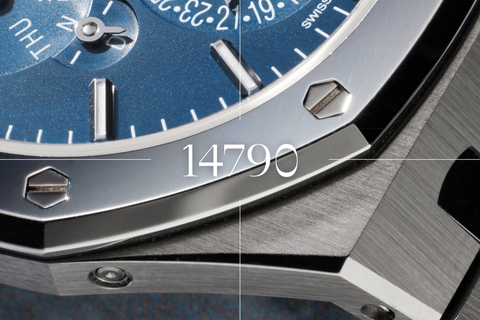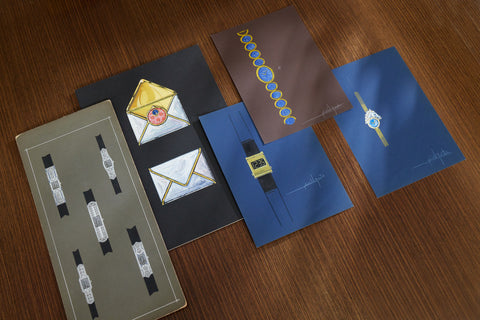It’s been 50 years since the creation of the original Audemars Piguet Royal Oak and this now-classic piece is more popular than ever. First unveiled by Audemars Piguet in the 1970s and designed by Gérald Genta – who, incidentally, designed the Audemars Piguet Royal Oak, among others – the Royal Oak has become a cultural icon due to its distinctive features and its role as a pioneer for high-end luxury sports watches.
You May Also Like
Origins of the royal oak
In 1970, Audemars Piguet’s managing director of the time, Georges Golay, contacted Gérald Genta for help in designing a totally new, steel, waterproof sports watch, understanding that the waterproof technology would require an innovative strategy.
The model was sketched in a single night, and Genta’s inspiration for the iconic Royal Oak architecture was to replicate the shape of the scaphander diving helmet on the watch case, complete with eight screws and the joint visible on the case’s exterior. As Genta recounts:
“I was given the ‘green light’ straight away to begin work on the prototype. I completed the prototype myself within a year. In 1970, I designed the watch. And it took one more year before industrial production, which finally came about in 1972”.
Intriguingly, prototypes for the Royal Oak are said to have been initially manufactured from white gold, as the softer material was easier to sculpt and manipulate the varying degree of angular, brushed and polished surfaces.
The Audemars Piguet Royal Oak debuted in 1972, as the most expensive steel watch ever made. The Royal Oak was not only unprecedented in its design, but also in its initial pricing to consumers. Once the Royal Oak was released, the retail price for the watch was 3,750 Swiss Francs, more than four times the cost of any other steel watch of the period.
















































































































































































































